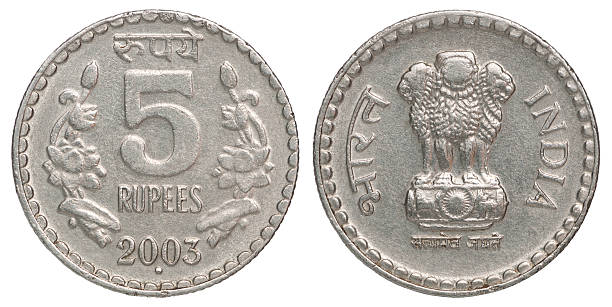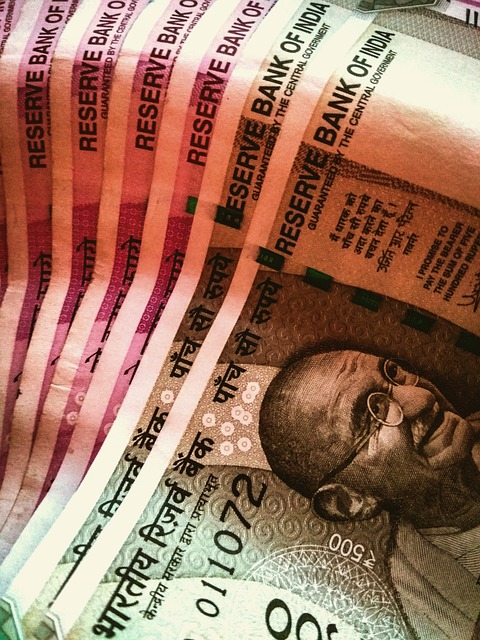
The Reserve Bank of India (RBI) faced a significant challenge when thick ₹5 coins were being smuggled into Bangladesh, where they were melted down to create razor blades. Each thick coin could yield six razor blades, which were then sold for ₹2 each, resulting in a substantial profit of ₹7 per coin. To combat this issue, the RBI decided to reduce the thickness of new coins and change the metal composition and RBI stopped making the thick ₹5 coins.
Indian coins became highly sought after, with suspicions arising that these coins were being sent to Bangladesh, where the metal was used to produce various items, including razor blades, earrings, necklaces, and bracelets. Unscrupulous traders were offering up to 15% more than the coins’ face value, further exacerbating the problem.
The RBI typically uses ferratic stainless steel and nickel in the production of ₹1, ₹2, and ₹5 coins. Additionally, they use a combination of copper, aluminum, and nickel in a ratio of 92:6:2 to manufacture ₹10 coins. Small-scale industries in Bangladesh began utilizing ferratic stainless steel coins to make razor blades, producing five blades from a single ₹5 coin, each sold for ₹2. This metal was also used to make labels for the razor blades. To entice buyers, the manufacturers offered gifts such as raincoats and umbrellas to hairdressers and retailers who placed bulk orders.

The increasing demand for coins led to traders offering attractive commissions to individuals who collected coins of various denominations. These commissions ranged from 15% to 20% of the coin’s value, making it a lucrative opportunity for many.
Coin smuggling trend has been detrimental to the RBI and the overall economy
However, this coin smuggling trend has been detrimental to the RBI and the overall economy. Coins released by the RBI were mysteriously disappearing, causing a shortage. Despite releasing a large number of coins during events like Godavari and Krishna Pushkarams, it was suspected that up to 50% of them vanished without a trace.
The issue had even reached beggars who noted that people were willing to pay a premium for coins. For example, if a beggar possessed coins with a face value of ₹88, they could sell them for ₹100.
Police reports indicated that the smuggling of coins initially occurred from India to Bangladesh, but the trend had also begun on the Indian side of the border. To address this problem, the RBI decided to change the metallic content of the ₹5 coin, making it less attractive to smugglers. The new cupronickel composition would deter melting and repurposing of the coins.
Moreover, the RBI was collaborating with law enforcement agencies to crack down on coin smuggling activities. They periodically provided instructions to security and intelligence agencies to combat this menace.
The coin shortage issue was recognized by bank officials, who were working on various solutions. One approach involved distributing coins through post offices, while another was to encourage banks to distribute an adequate number of coins to the public.
The smuggling of Indian coins, particularly the ₹5 coins, into Bangladesh for the purpose of melting them down and creating razor blades had become a significant problem. This illegal activity not only resulted in a coin shortage but also posed a threat to the economy. To combat this issue, the RBI took steps to change the composition of the ₹5 coin and collaborated with law enforcement agencies to curb smuggling activities. Meanwhile, efforts were underway to ensure an adequate supply of coins to the public through post offices and banks.
Please, also have a look into : A report says RBI plans to expand the use of e-rupee by including more wholesale transactions



